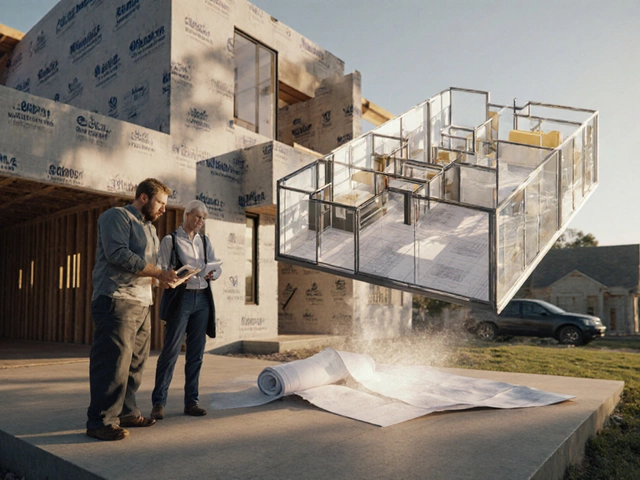Plaster Drying: How Long It Takes and What Affects It
When you're dealing with plaster drying, the process where wet plaster loses moisture and hardens into a solid wall surface. Also known as curing, it's not just a waiting game—it's a science that affects how strong your walls will be and whether you'll get cracks, bubbles, or mold later. Many people think plaster dries in a day or two, but that’s rarely true. In a well-ventilated room with moderate temperatures, it can take 3 to 7 days to dry enough for painting. In damp, cold, or poorly aired spaces? It could take two weeks or more.
What actually controls how fast plaster dries? It’s not magic—it’s drying conditions, the combination of air temperature, humidity levels, and airflow around the plastered surface. If the room is too cold, the water in the plaster won’t evaporate efficiently. Too much humidity? The air is already full of moisture, so the plaster can’t release its own. And if you’ve sealed off the room to keep dust out, you’ve probably trapped moisture inside. That’s why pros always open windows, use fans, and sometimes even run dehumidifiers during plastering jobs. wall plaster, the standard material used to finish interior walls and ceilings comes in different types—lime, gypsum, cement-based—and each behaves differently. Gypsum plaster dries faster than cement-based mixes, but it’s more sensitive to moisture. If you’re repairing an old wall, the underlying surface matters too. Drywall absorbs moisture differently than brick or lath, which can slow things down.
And here’s the thing most DIYers miss: you can’t rush plaster drying without paying for it later. Painting too soon traps moisture under the paint, leading to peeling or blistering. Hanging heavy shelves or installing fixtures before the plaster is fully cured can cause cracks as the wall settles unevenly. Even the time of year matters—winter jobs take longer, and summer heat can cause surface drying while the back stays wet, creating hidden weaknesses. The key isn’t speed—it’s patience with the right environment. When you get this right, your walls stay smooth, strong, and crack-free for years.
Below, you’ll find real-world examples from jobs across the UK—what worked, what didn’t, and how to spot when plaster drying is going off track. Whether you’re fixing a small patch or redoing an entire room, these insights will help you avoid the most common—and expensive—mistakes.
Why Can't You Decorate a New Build Right Away?
Decorating a new build too soon can damage walls, floors, and finishes. Learn why you need to wait 3-6 months for materials to dry and settle before hanging art, installing wallpaper, or placing heavy furniture.
full article




